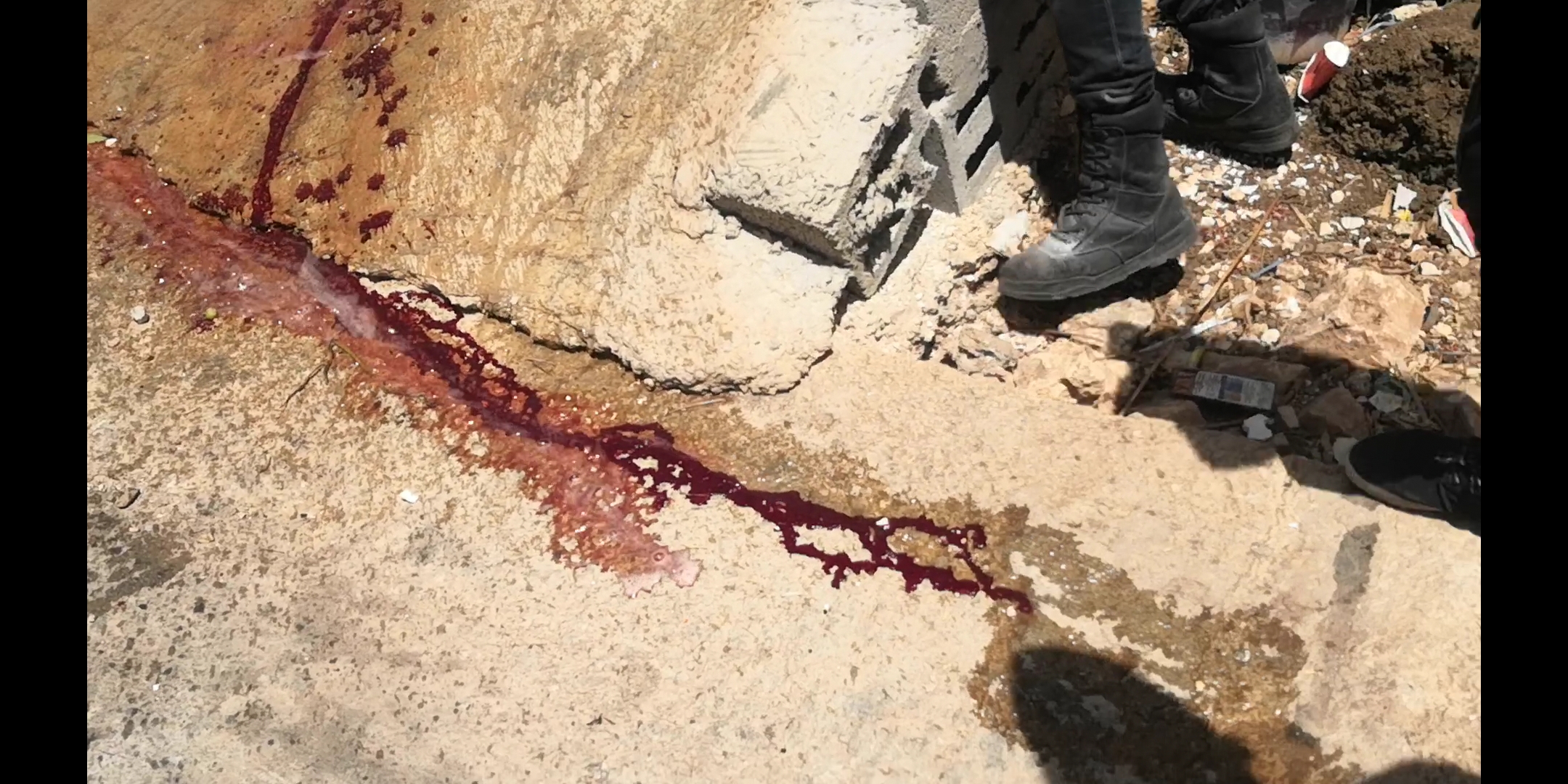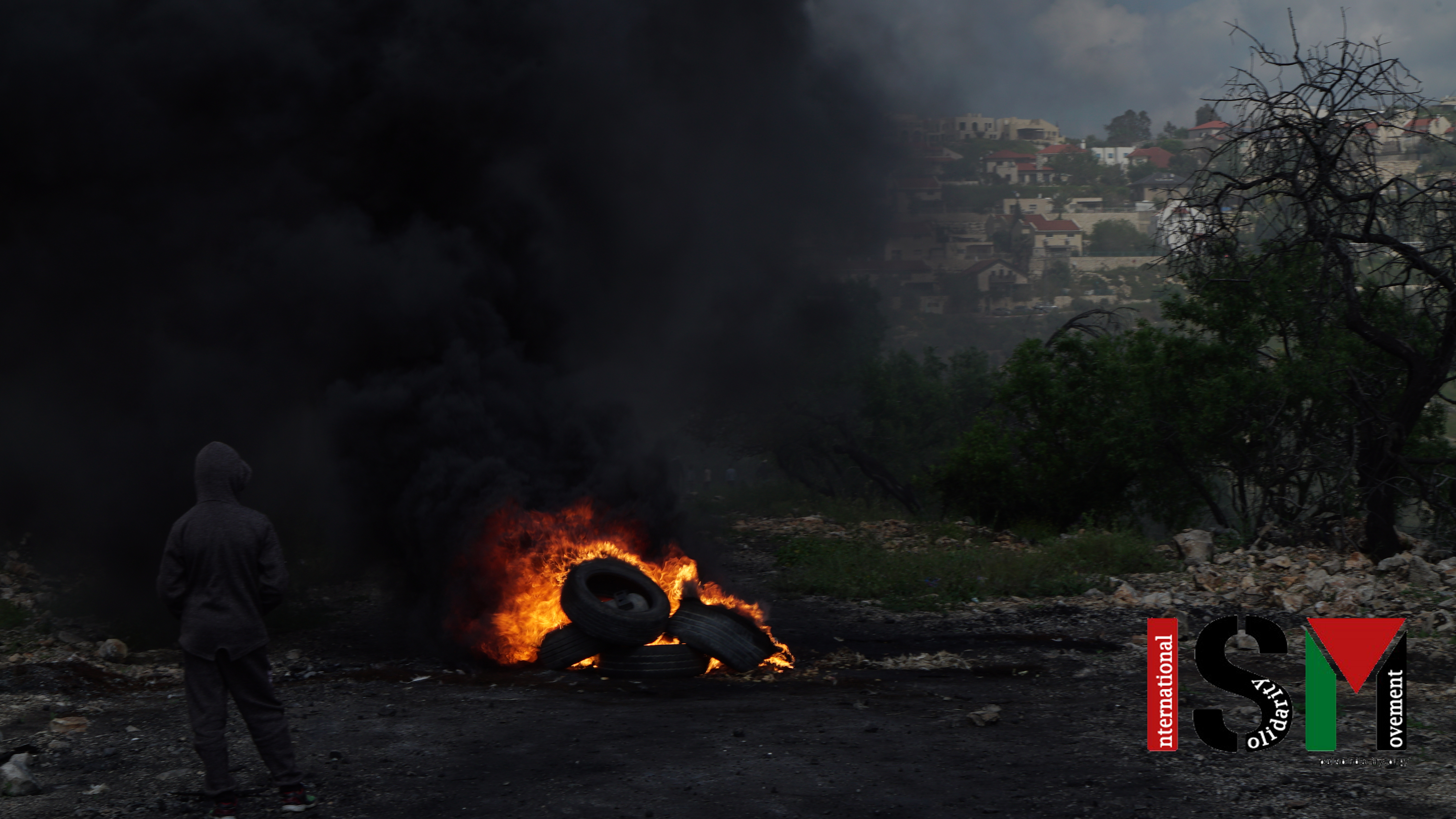Tag: Live Ammunition
-
UPDATE: Over 100 bullet fragments in brain of Palestinian child shot in northern West Bank
July 15 | International Solidarity Movement | Kafr Qaddum, occupied Palestine Israeli soldiers shot a Palestinian child in the head with live ammunition on Friday during a protest against settlement expansion in the West Bank town of Kafr Qaddum, Palestine. Abdul Rahman Yasser Shteiwi, 9*, was rushed to Rafidia Hospital in Nablus at around 3pm…
-
Protesters take the hilltop
April 19, 2019 | International Solidarity Movement | Kafr Qaddum, occupied Palestine Soldiers shoot live ammunition, rubber-coated steel bullets and stun grenades at protesters in the weekly Friday demonstration in Kafr Quaddum. Several Palestinians, a minor and an international were shot by rubber-coated steel bullets and a French international was beaten and arrested by Israeli…
-
Soldiers invade Al-Khalil; fire live ammunition at protesters
April 5, 2019 | International Solidarity Movement, Al-Khalil team | Al-Khalil (Hebron), occupied Palestine Israeli occupation forces storm into Al-Khalil and fire live ammunition at protesters after bombarding the city with tear gas, stun grenades, and rubber-coated steel bullets. Around 1pm soldiers invaded Al-Khalil through checkpoint 56. The soldiers fired stun grenades at protesters. Immediately…



